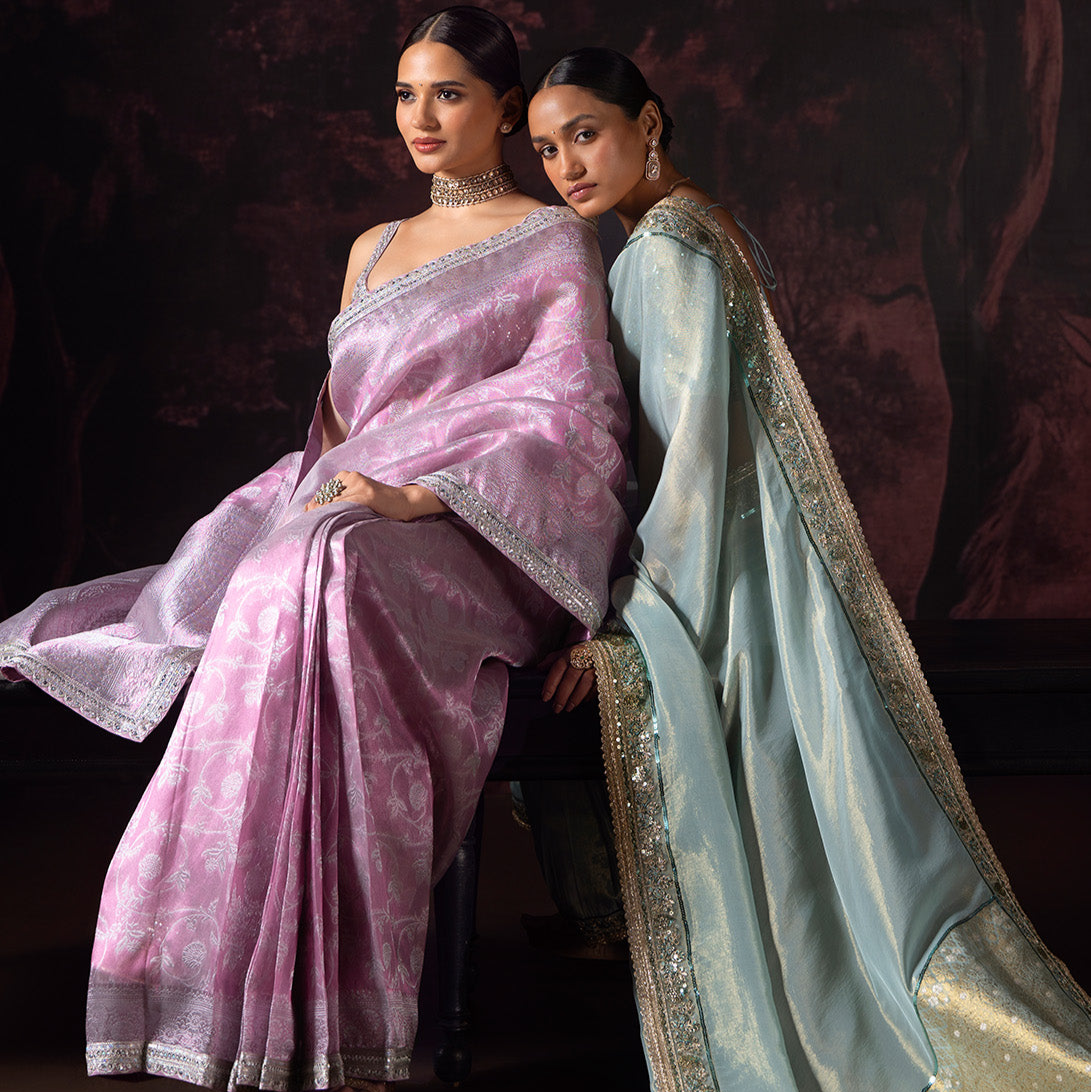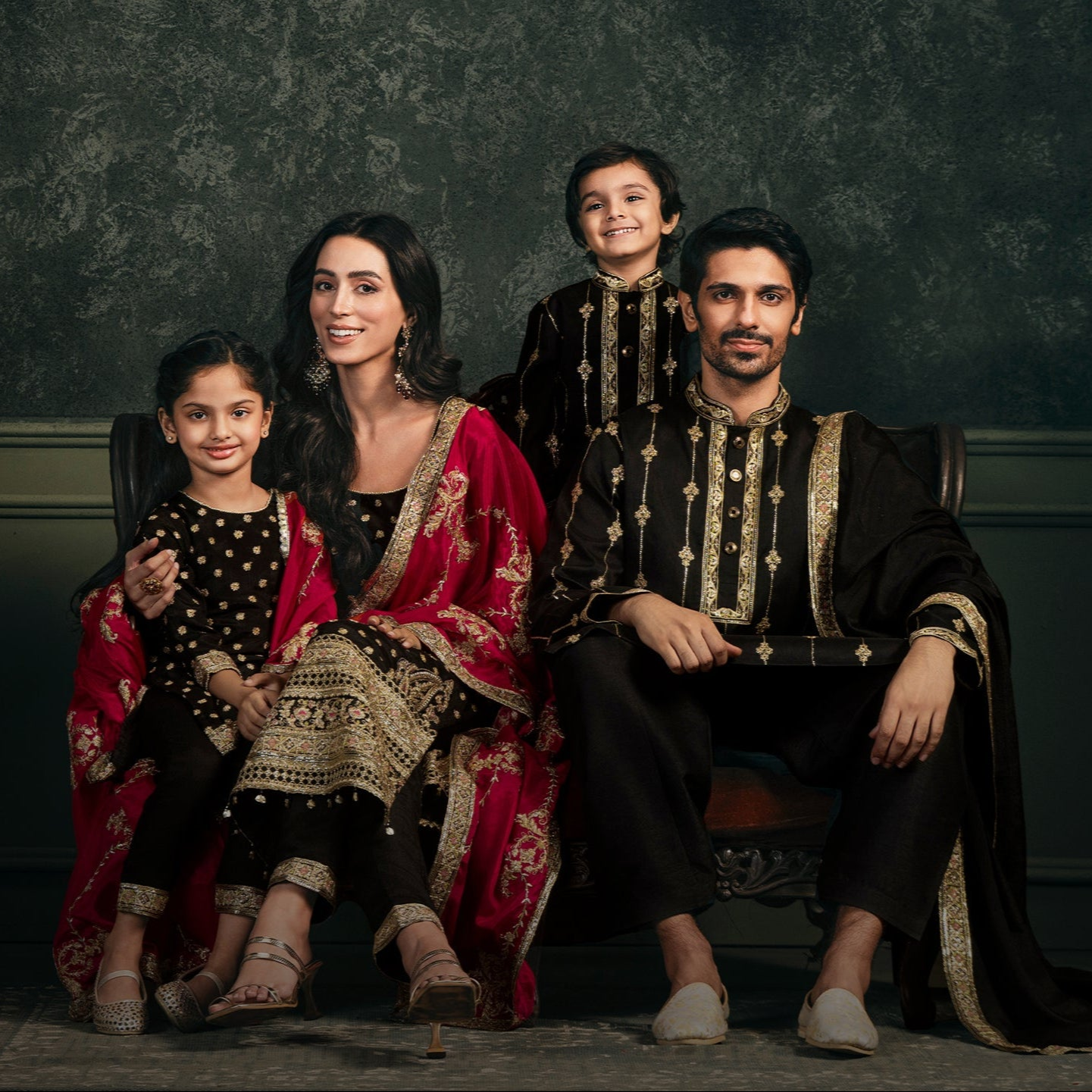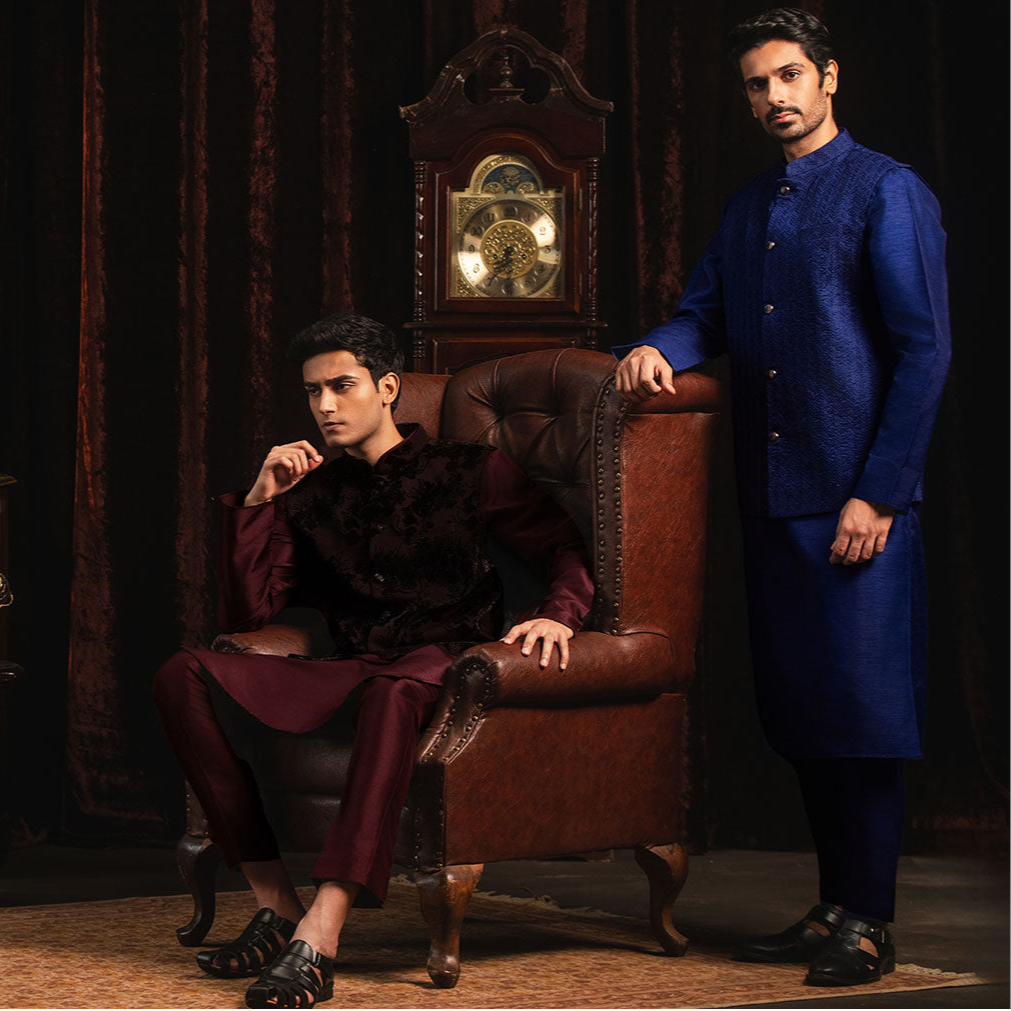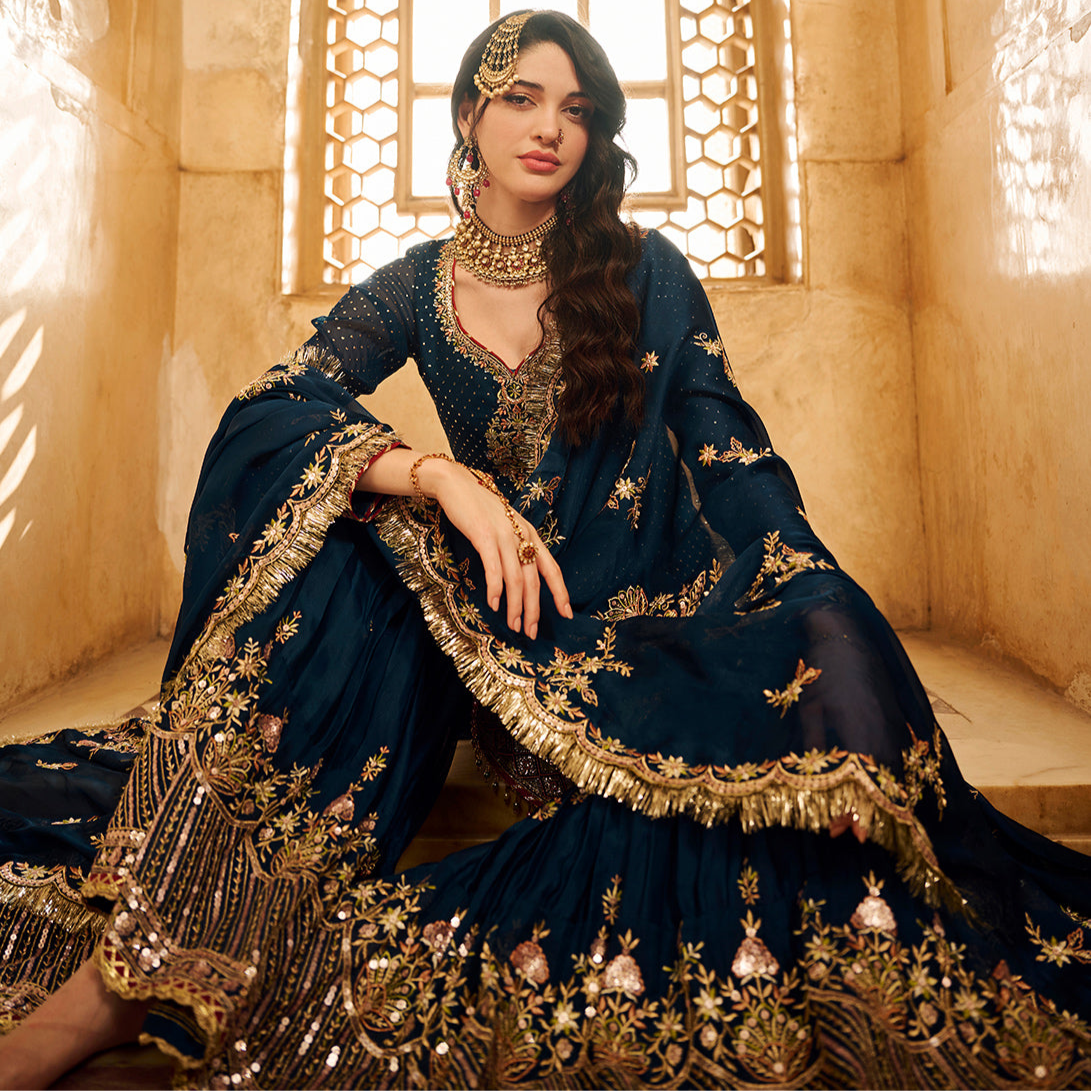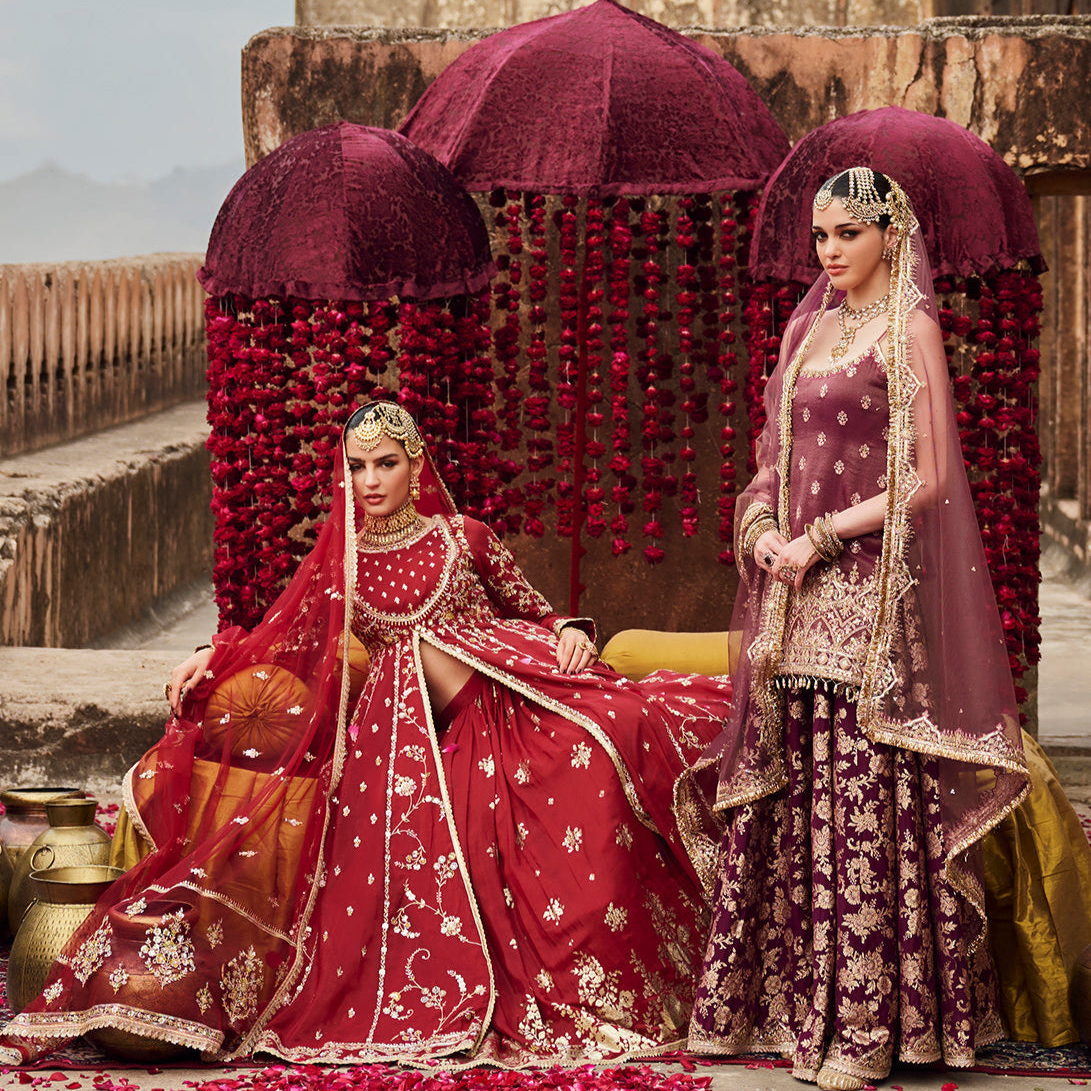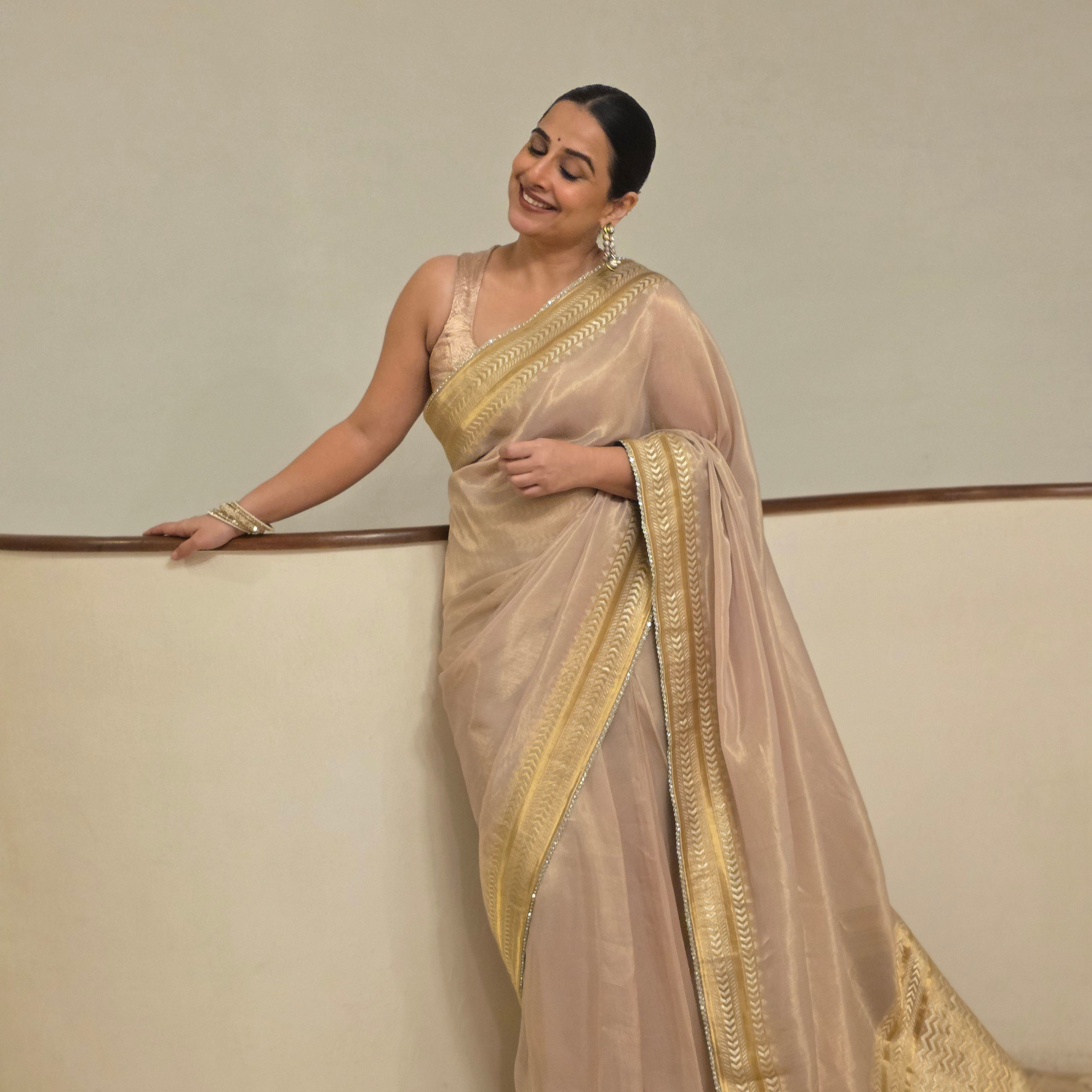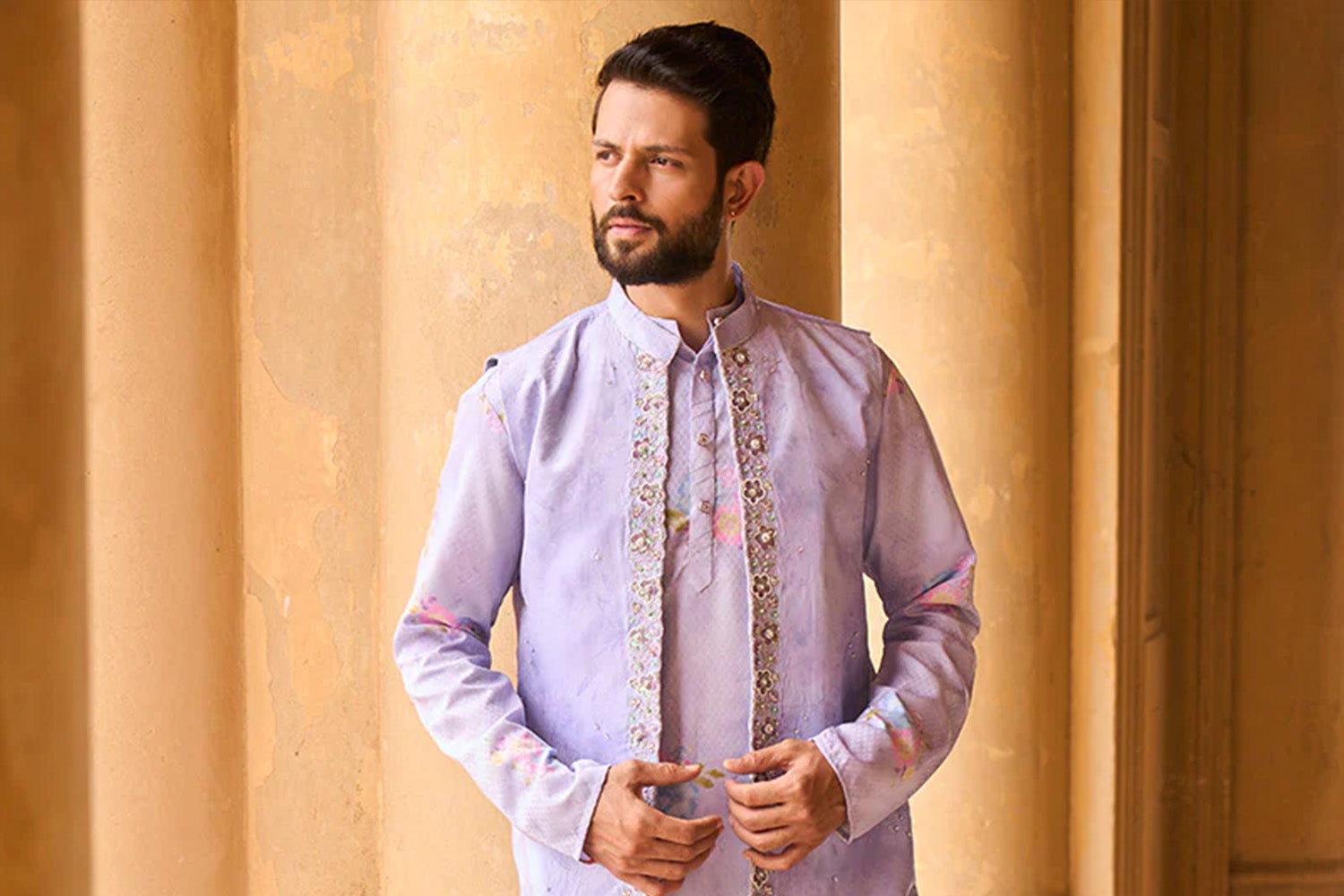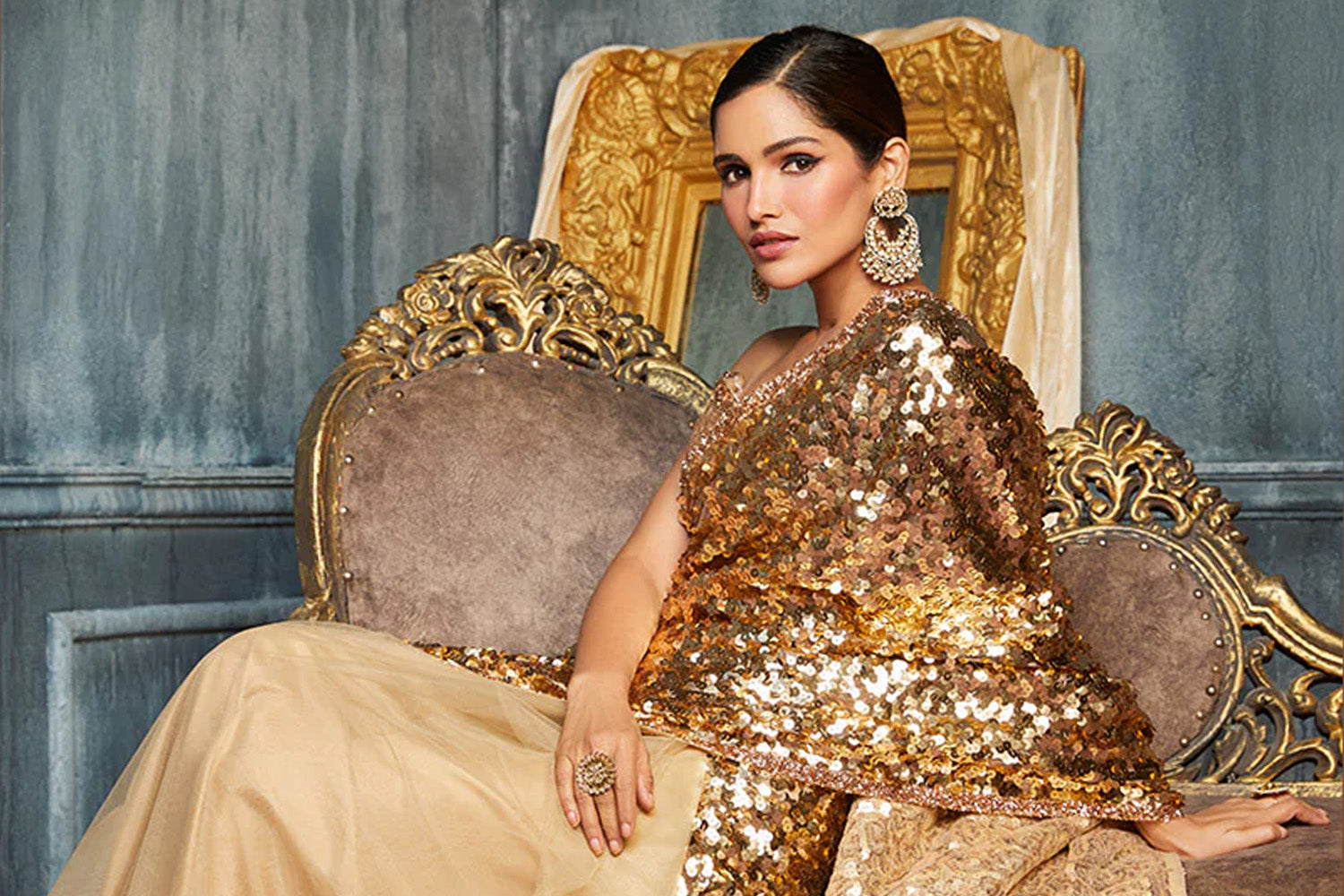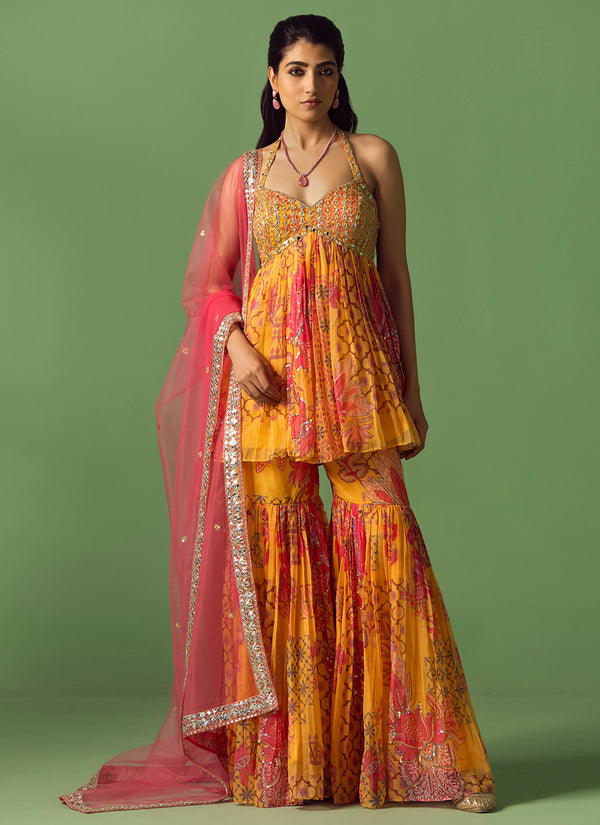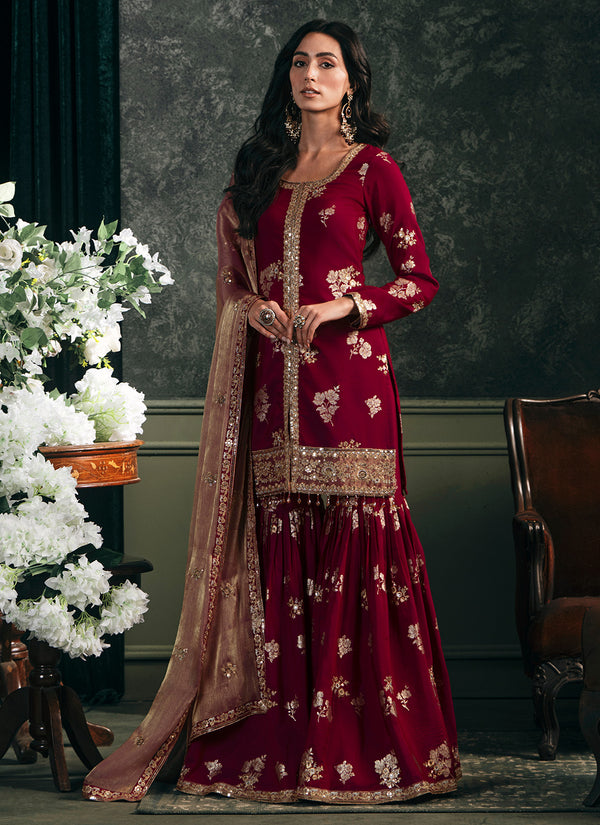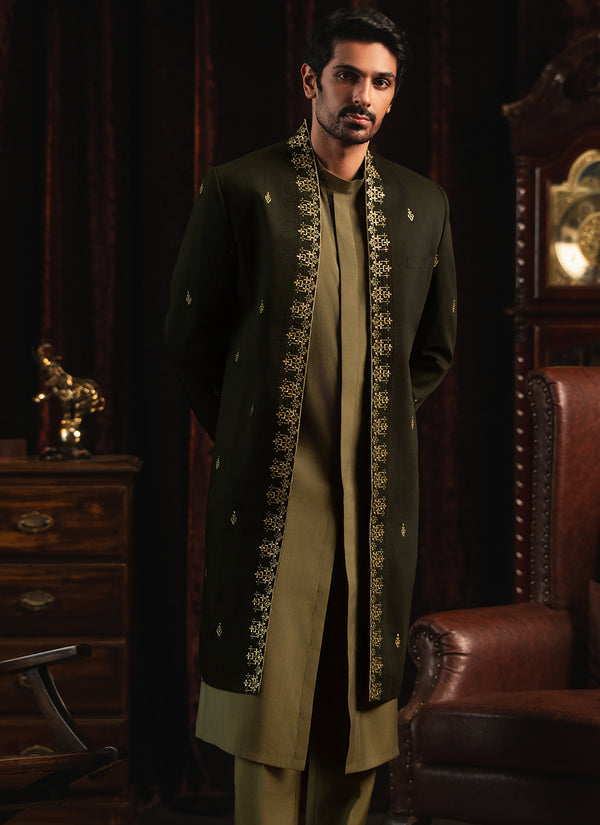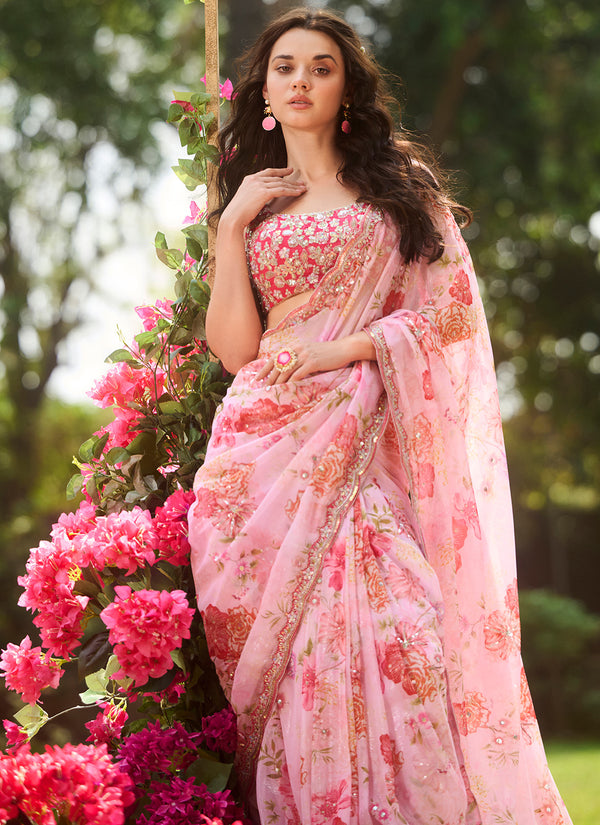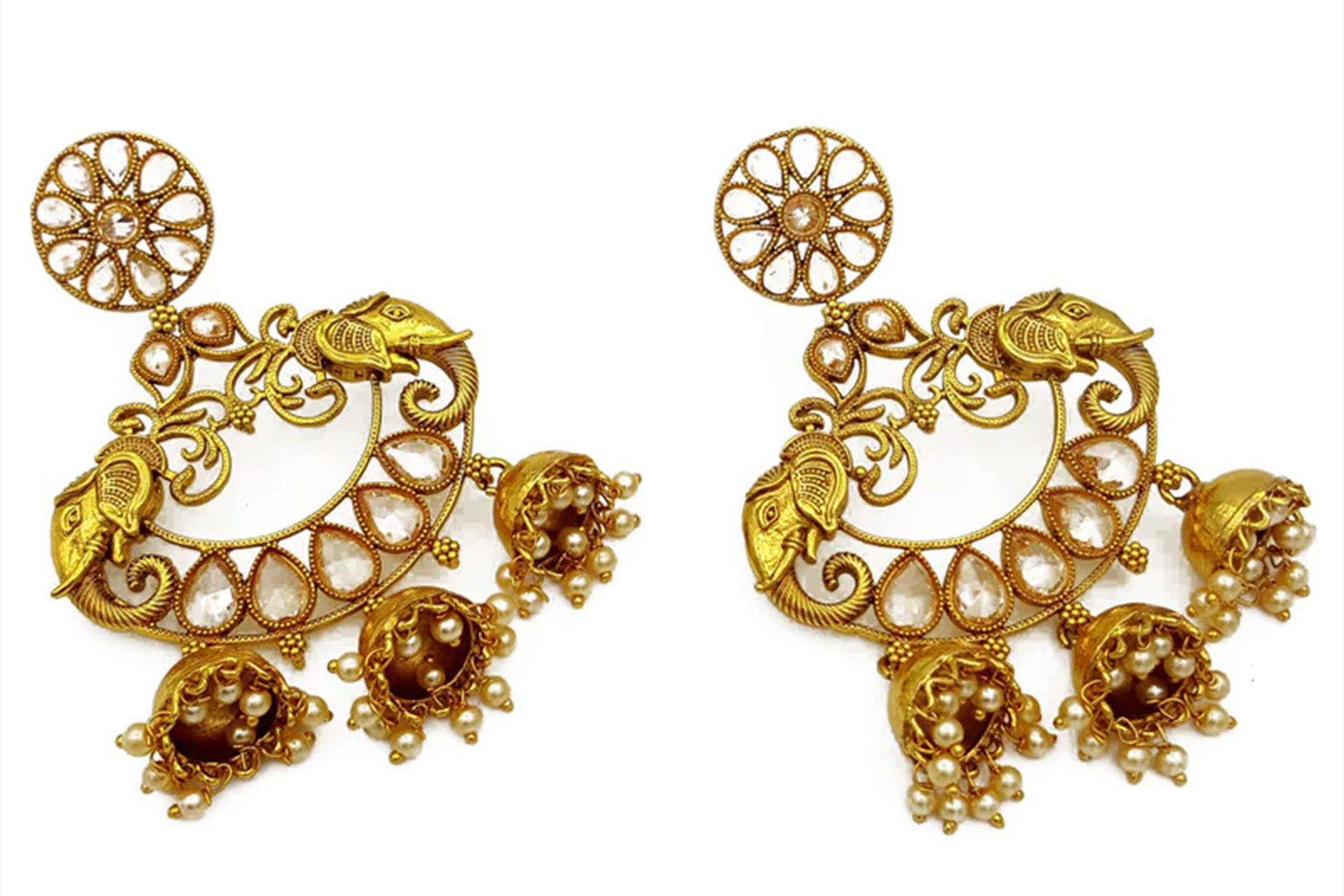
Jhumka Earrings: What Are the Different Types?
Traditional Indian dressing all comes down to the details. It’s the embroidery and the stonework on a georgette kameez that sets it apart. Likewise, sometimes an entire look can come down to the jewelry. Indian jewelry is unlike anything else in the world, known for its ornate features, colorful gemstones, and eye-catching movement.
One such example? Indian jhumka earrings.
Jhumka earrings, also known as jhumki earrings, have a long tradition in Indian jewelry and fashion. These earrings have been worn for centuries and are just as popular now as they were way back when.
Jhumka earrings are often a feature of party wear, reserved for special occasions and opportunities to show up and show off. However, sometimes (or a lot of the time), we want to feel extra confident. Honestly, we never feel like we need to have a reason to dress up — if you feel like grocery shopping in your finest gold, we say go for it!
Basically, jhumka earrings are dome-shaped and often feature tassels and beadwork, embodying a chandelier. In other words, they’re the perfect pair of earrings for a formal event in India or abroad.
Whether you call them jhumka, jhumki, or any other name, consider this your guide to these trending and historic items of jewelry.
What Are Jhumka Earrings?
Jhumka earrings actually get their name from the sound they make. That’s right, jhumka is an onomatopoeia — think of the jingle of bells. Known for its signature drop, jhumka earrings often include beads and dangling details, which mean they lightly jingle as the person wearing them walks around. Hence, jhumka.
Part of the appeal of jhumka earrings was their relatively lightweight compared to the popular solid kundan earrings of the time. Jhumka earrings were hollow, making them less cumbersome.
Jhumkas are often shaped like bells or chandeliers, though there have been and continue to be lots of iterations on the style and form over the years. Details like a tassel, a lotus design, an ear chain, and various other motifs are all stylistic choices by the designer. A woman has a lot to choose from when it comes to picking out her jhumka earrings.
Jhumkas are sometimes monochromatic, with silver and diamonds for a bright and shiny effect. They’re also often colorful with gemstones like zircon and rubies, creating a multi-colored shimmer beneath the ear.
They’re considered high-fashion fashion jewelry, which is why you often see them in Bollywood films and walking up the aisle on a bridesmaid. In Indian culture, jewelry isn’t just considered an accessory. It’s as much a part of attires as a saree or a lehenga for bridesmaid.
What Are the Different Types of Jhumka Earrings?
There are a number of jhumka designs out there — the peacock jhumka, the meenakari jhumka, and more. Today we’re going to focus on four of the most popular. From rose gold to silver-plated jhumkas, there are really an endless amount of options.
Traditional Gold Jhumkas
The most common design of jhumkas are traditional gold earrings. Gold jhumka can either be gold plated or gold tone or be made with pure gold, known as kundan jhumka.
Traditional gold jhumkas can be simple and delicate or highly detailed. Many gold jhumkas include several layers of a bell shape with tassels and beadwork dangling off the bottom bell. They can be only gold or encrusted with various gemstones for an added touch of color (or both).
Diamond Jhumkas
From gold to bling, the next type of jhumka earrings are diamond jhumkis. All diamond jhumkis are commonly seen in both tiered varieties as well as a closed dome design, so it looks like there’s a diamond egg dangling from the ear.
This effect can also be achieved with cubic zirconia for a fraction of the price. Depending on where you’re wearing these earrings and for what occasion, this is a great option for a still-dazzling look that’s kinder on your wallet.
Terracotta Jhumkis
If diamond and gold jhumkas are a tad too monochromatic for your style, terracotta jhumkas are an incredible option. Made with multicolor tinted panels, this design of jhumka earrings tends to be single bell styles, which means they’re generally lighter and a little more understated.
The sky is the limit when it comes to terracotta jhumkas pattern and color palette. Since the colors are painted on, you can pick every color under the sun, making them an excellent choice for the festival season.
Kashmiri Jhumkas
Next up are kashmiri jhumkis, which place a little less emphasis on color and a lot more emphasis on that signature jingle. Kashmiri earrings are beaded jhumkas, which most closely look like a chandelier, with long beaded tassels coming off the bell shape. It also typically includes a pearl element at the center of the bell. Pearl jhumka are some of our favorite earrings as they’re classy, timeless, and elegant.
When you move while wearing kashmiri jhumkis, the earrings sway with you for a gorgeous waterfall effect of fluidity. If you plan on tearing up a dance floor, kashmiri jhumkis are a great choice to be the center of attention.
Polki Jhumkis
Last but not least are Polki jhumkis. Polki jewelry tends to look especially multi-dimensional and impressive, as the stones are in their most natural state.
Polki jhumkis are often seen in celebrity weddings for Bollywood stars, thanks to their high price tags from sought-after Indian designers.
What Are the Other Types of Essential Indian Jewelry?
Indian earrings are stunning and elaborate, but a woman is never fully dressed with only earrings on. There are so many other stunning forms of jewelry that come together to produce an authentic Indian look, starting with different necklace styles.
Indian Necklaces
Chokers
There are a number of styles of necklaces in Indian fashion. Perhaps the most popular is a choker, which is generally a lot more elaborate and decorative than its Western counterparts.
Chokers can include several tiers of gold and stone work, all worn close to the woman’s neck. They’re often colorful, with the metalwork interacting with gemstones for a luminous effect.
Indian Nose rings
Next up are nose rings. Nose rings are widespread in wedding attire wishlists. Nose rings can be as simple as studs or as elaborate as large hoops, connected to a headpiece with a chain and outfitted with dangling pearls.
In any case, nose rings are some of the most traditional and important items of Indian jewelry.
Here are two of our favorites:
- The Seerat Nosering: This nosering is the epitome of dramatic. Semi-precious stones adorn the ring, and a delicate gold-plated chain runs to the back of the head to secure in a classic hairstyle. The muted subtly of the pearls balances with the diamond-like glimmer of the shinier stones: This is one accessory that won’t soon be forgotten.
- The Saira Nosering: This Kundan nosering is a slightly simplified version of the Seerat. The ring is more simplified with bright stones but no chain. If you’re looking for a solid, everyday piece with a once-in-a-lifetime style, this is the nosering for you.
Indian Bracelets
Like Indian necklaces, Indian bracelets often include a design that blends metalwork with gemstones for a colorful look. Bracelets usually match either the outfit or the other jewelry so that every inch of a woman is decorated and celebrated.
The bangle fashion is the most common form of Indian bracelet, with bangles made in gold or silver and often plated with materials like coral and stone. Bangles can be worn on their own but are usually stacked, so the bracelets take up much of the forearm.
What Makes Traditional Indian Jewelry Unique?
What makes Indian jewelry unique is the emphasis on design and the skill and craftsmanship required to produce them. From stud earrings to hoop earrings to Suman Antique Polki Earrings, Indian jewelry is designed down to the last element. The more ornate, the better.
Indian jewelry isn’t considered an accent to the outfit. In fact, it is just as important as the outfit itself. Matching your jewelry to your saree or lehenga takes care and special attention.
As these items are reserved for special occasions, it makes sense why we take that extra time and energy toward creating a stunning look. We have a limited amount of opportunities!
Timeless Accessories for Your Wardrobe
If you’re looking for Indian jewelry for your upcoming event, please check out our full collection of jewelry sets. We have a wide variety of matching nose rings, jhumka earrings, and chokers, all available and ready to ship directly to you.
Explore our best sellers and pair them with the outfit of your dreams, whether you’re shopping for your wedding or someone else’s, a family event, or a festival celebration. We’re here to help you look and feel your best on these most important days and nights.
Need a little more guidance? We have a blog with tips for buying Indian jewelry here.
Sources:
What is Onomatopoeia? | Oregon State
Polki jewellery 101: The history, technique, and regional significance | Vogue

